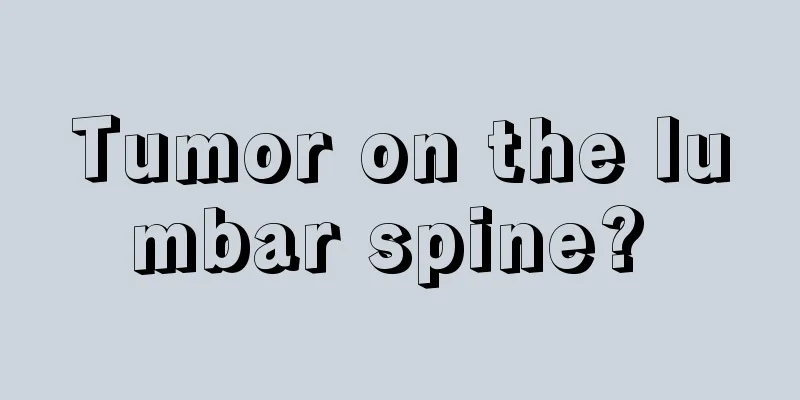Sequelae of benign breast cancer surgery

|
After breast surgery, paresthesia, pain and discomfort on the same side are common, and there may even be phantom limb pain after surgery. If the symptoms persist, local massage or desensitization and transcutaneous electrical nerve stimulation can be used to solve them. In addition, attention should be paid to whether there are local soft tissue lesions, such as supraspinatus biceps tendinitis and frozen shoulder on the affected side. In addition, some superficial venous thrombosis and thromboembolism, as well as neuropathy caused by radiation therapy, can all cause pain. Therefore, for patients with persistent pain, it is necessary to see a doctor to determine the cause. It also includes joint stiffness: it is often caused by reduced activity after surgery, coupled with the fear of movement caused by pain. The degree of activity can be maintained through positioning techniques and joint range of motion exercises. When joint stiffness and atrophy have occurred, heat therapy from the superficial to the deep layer, deep friction massage and some traction exercises can be used to soften the rigid fibers and connective tissues. Muscle weakness and poor posture are also postoperative sequelae of breast cancer: due to the removal of some tissues and the reduction of activity, muscle strength often decreases. Some activities can be used to gradually train muscle strength. When the patient's weakness persists, it is also necessary to rule out whether the arm nerve is injured, so as not to delay the patient's breast cancer treatment or even cause secondary injury. Lymphedema: Because the lymph nodes in the affected area are affected, the lymphatic return is blocked, which causes pain and swelling in the affected upper limb and even affects the movement of the joints. Clinically, it can be measured simply by measuring the arm circumference. If the increase reaches two centimeters, it means that it is meaningful and needs to be actively intervened in rehabilitation. In the early stage of lymphedema, the affected limb can be raised, or the patient can be instructed to massage in the centripetal direction and cooperate with muscle pump activities. When the swelling intensifies, elastic bandages or air pumps can be used to pressurize to promote the return of lymph fluid. However, when there is secondary infection or tumor cell spread in the affected area, this type of treatment is absolutely contraindicated, so the root cause should be carefully evaluated by the doctor before this type of treatment can be adopted. |
<<: What are the sequelae after breast cancer surgery
>>: How long can you live after breast cancer surgery
Recommend
Femoral artery puncture site
Femoral artery puncture is a situation in which t...
Why does eating cherries make you fart
Farting after eating cherries may be caused by in...
Taboos of soaking feet in ginger water
For people with cold hands and feet, we recommend...
How to care after surgery for malignant melanoma?
Surgery for malignant melanoma is a relatively co...
What are the nursing methods for children with colorectal cancer
The population nowadays is really too large, so t...
What to eat when you have a cold and fever? Eat more of these fruits
When you have a cold or fever, you will lose your...
Early symptoms and precursors of lung cancer
Lung cancer is a common malignant tumor. Its earl...
How do I do moxibustion by myself?
In daily life, many people who work for a long ti...
What is the cause of liver cancer
In recent years, liver cancer has become one of t...
Questions and answers about teeth grinding symptoms
In dormitories, especially in college, there are ...
How many dried mulberries do you need to soak in water in a day
Around the Qingming Festival every year is the se...
What's the matter with the choking pain above the right chest
As we all know, the chest of the human body has t...
What causes left ovarian teratoma?
The formation of left ovarian teratoma may be rel...
What to do if leg hair is coarse and hard
Not everyone has smooth legs. Due to hormones and...
What should I do if my hair is oily and I am losing hair? What are some tips?
Due to some physical reasons, some people secrete...









